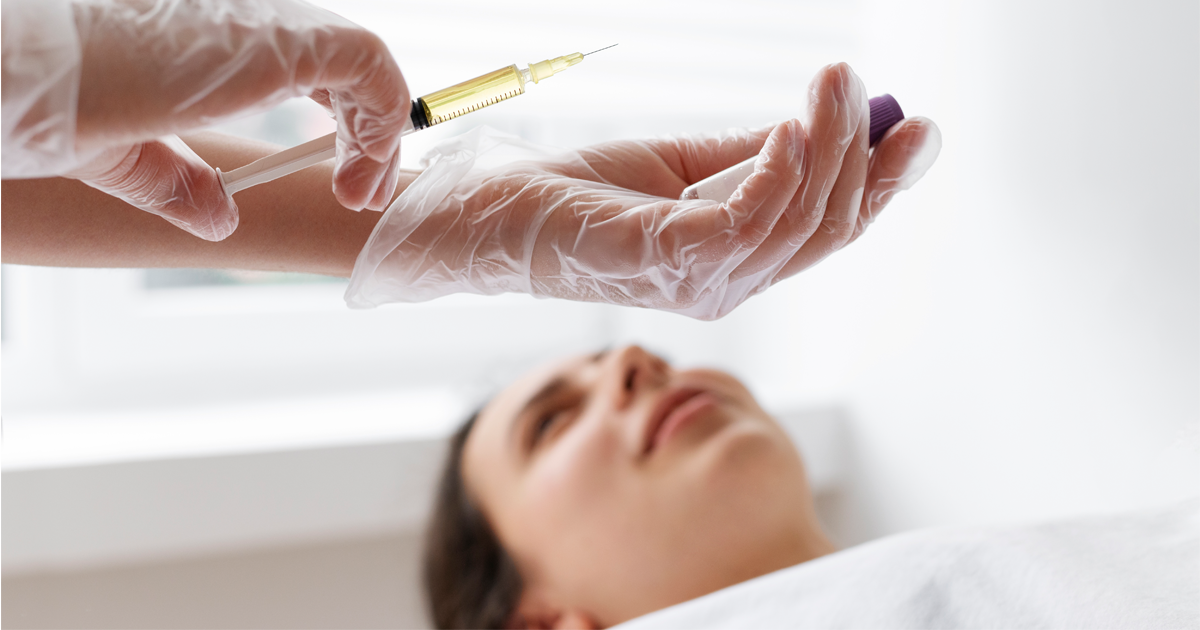Contents
What Does This Treatment Involve?
Ovarian stimulation is a process used in fertility treatments to induce the maturation of multiple eggs. It is generally carried out in assisted reproduction cycles, such as in vitro fertilization (IVF). By using hormonal medications, the aim is to maximize the number of available eggs. This increases the chances of success for the treatment. During the procedure, doctors carefully monitor the growth of the ovarian follicles.
Who Are Suitable Candidates for Ovarian Stimulation?
This treatment is recommended for women who have ovulation problems or low ovarian reserve. It is also suggested in cases where fertility preservation is desired before treatments like chemotherapy. Moreover, it is useful for women seeking to improve their chances in IVF treatments. It is important for candidates to undergo a detailed medical evaluation to determine their suitability.
Procedure and Medications Used
The ovarian stimulation process begins with an initial assessment of the patient’s hormonal profile. Subsequently, a combination of hormones, such as FSH and LH, is administered to stimulate the ovaries. These medications are injected over a period of approximately 10 to 14 days. The doctor frequently performs ultrasounds to evaluate the ovary’s response and adjust the dosage as necessary. Once the eggs are ready, the retrieval is scheduled.
Benefits and Expected Results
Ovarian stimulation offers multiple benefits, including the possibility of retrieving more eggs in a single cycle. This is especially valuable for women with low ovarian response or those who wish to freeze their eggs. By increasing the number of eggs, embryo selection is improved, which enhances the chances of success. However, it is important to note that this procedure must be closely monitored by a specialist to avoid complications.
Care and Recommendations During the Treatment
During the treatment, it is essential for the patient to maintain a balanced diet and avoid alcohol and tobacco consumption. Rigorous adherence to medical instructions is also recommended. Some women may experience symptoms such as abdominal bloating or ovarian sensitivity. These side effects are common but should be reported to the specialist. Proper preparation and care are crucial for a successful treatment.
Conclusion
Ovarian stimulation is a vital component in many fertility treatments. It increases the chances of success by allowing the retrieval of multiple eggs. Therefore, it is essential to have the support of a specialist throughout the entire process to ensure the safety and effectiveness of the treatment.

